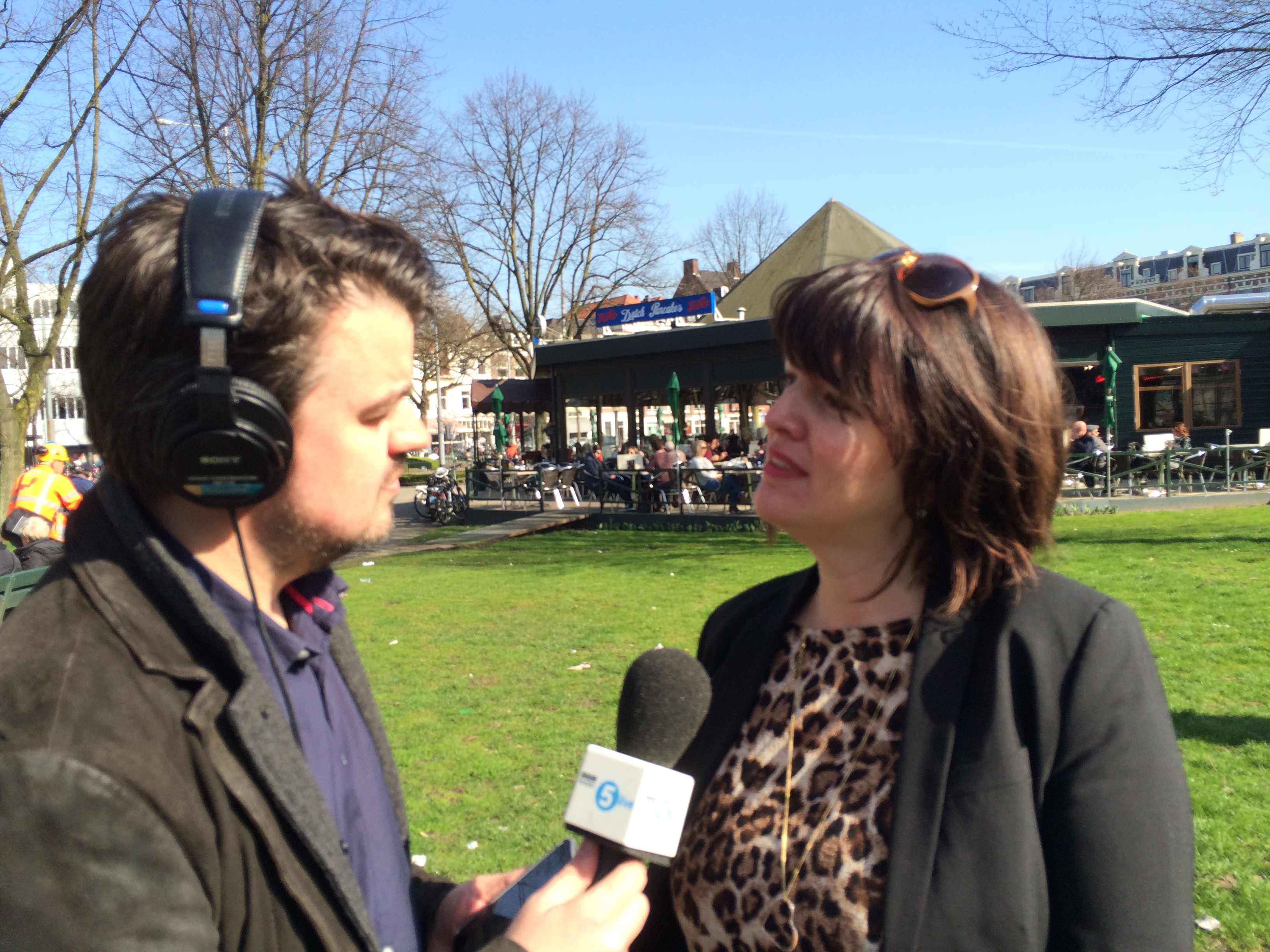Why Slow Innovation is a good idea
Governments need to set inspiring innovation goals, says Marianna Mazzucato, whilst debunking a number of innovation myths. What can cities and regions learn from her vision?
Recently I saw Marianna Mazzucato at the Academy of the Dutch Planbureau voor de Leefomgeving
speaking about The Green Entrepreneurial State. Innovation Economist Mazzucato – a highly intelligent, enthusiastically gesturing speaker who doesn’t take herself overly seriously – debunked a couple of innovation policy myths. Proof in numbers, based on her own research and that of colleagues. Below I’ll give a short overview, for more explanations and the actual proof, read
Mazzucato’s book.
The 5 myths of innovation policy
- Governments (for Mazzucato, mainly national governments) should stimulate applied innovation in industry: no, says Mazzucato. Industries frame innovation in a way too narrow perspective. What governments should do is set inspiring long-term goals. For example a fully sustainable society. We’re talking about new versions of Kennedy’s ‘man on the moon’ here, where government uses a clear objective and long-term investments to challenge science ánd industry to cross-sectoral innovations.
- Governments should (only) act to fix market failure: no, says Mazzucato, governments should finally create something big, instead of fixing small stuff with policy measures. “Let’s finally talk about what is not done at all”, that’s where there is a real role for government. See also the man on the moon above.
- Governments should stimulate innovation by ‘picking winners’ in business: no, says Mazzucato, in real innovation, with every ‘winner’ you’ll see ten losers (do you ever hear about those?), so this is not a good line of policy. By setting a big objective, winners will come to light.
- Governments should make sure there is enough venture capital available for entrepreneurs: no, says Mazzucato, venture capitalists actually are very risk-averse and want to see results in a very short term, say 3-5 years, and that is killing for innovation. Governments should guarantee slow and long-term investments in innovation.
- Governments should offer tax benefits to innovative companies, for example by ‘patent box’ policy: no, says Mazzucato. With tax benefits coupled to patents you are giving a company with a (temporary) monopoly on an idea extra benefits. Governments should finance the period preliminary to the patent phase, that’s where the real risky R&D is.
Then how?
Mazzucato advocates: governments setting up a long-term goal plus long-term financing for innovation. A clear ambitious objective, where the smartest people of the country work for, in public-private and cross-sectoral collaborations. Good (and necessary!) objectives are the green economy, becoming independent of fossil fuels, a fully circular economy. A city that is self-supplying, by renewable energy and smart mobility, for example. And a government keeping this as an long lasting objective. This implicates staying at distance from the short-term political context, for example by creating governmental agencies dedicated to the big objective. Consequently, you can attract the real scientific smart-arses to work on the big, long-term goal, who up on till now prefer to stay at universities where they have peace an time to invest in their goals. Thus you will enforce cooperation between public and private partners. In analogy with the Slow Food Movement, with focus on craftsmanship and quality, I would like to call this Slow Innovation Policy.
So, Europe seems to be doing quite well with the societal challenges?
The European innovation policy mainly doesn’t aim at sectors but at societal challenges as health (‘demographical change and wellbeing’), climate and energy (‘clean and efficient energy’). Sounds good, doesn’t it?
Well, says Mazzucato, its better than a sectoral approach (like the Dutch national innovation policy) but it could be better: how do you measure whether you have reached the objective ‘demographical change and wellbeing’? Governments should aim for a clear and measurable goal. What is really good about the European approach, is the international cooperation between the smartest of their field.

EU’s societal challenges (source: European Commission)
What could cities and regions do?
Mazzucato was mainly speaking about national policy, but what could cities and regions do themselves? In my opinion their role is twofold: on one hand continue good innovation support as shown in bottom-up smart city approaches (more below), on the other hand show good results and help national governments and the European Commission choose a better focus.
Regional vision
Cities and regions don’t need to wait for their national government or Europe to set the big goal. Of course, a national or, even better, a European approach would really create momentum, but regionally a lot can be won by the direct link with implementation on the city scale. Regions or cities can set a clear goal for renewable energy or circular economy, and maintain it for at least the coming ten years. Involve all relevant parties, science, business and citizens, and make sure they can work together to sound business models for various solutions. This cooperation can be partly funded by national or European sources.
Show what works
Cities often work at real life problems and solutions. This means results will be quickly visible, e.g. a circular or energy-neutral neighborhood. Results not in an experimental setting, but applied in real life, where citizens benefit directly (and/or could contribute to improvements). Exactly these results should be shown to policy makers.
The urban challenges are mostly multi-disciplinary and ask for collaboration between researchers, entrepreneurs, local government and citizens.
European innovation financing, like the Horizon2020 Smart Cities & Communities calls more and more finance cooperations between cities in the field of energy and sustainability, where cities learn from each other’s experiences. Goal is ultimately the upscaling of these applied innovations to the whole of Europe.
Dutch EU presidency in 2016
There is a broad range of initiatives to show technology and innovation during the Dutch presidency of the EU in the first half of 2016. I hope that the common denominator in all those examples will be to show national and European policy makers what a common and longterm goal could do for Europe. Or own brand-new man on the moon.







